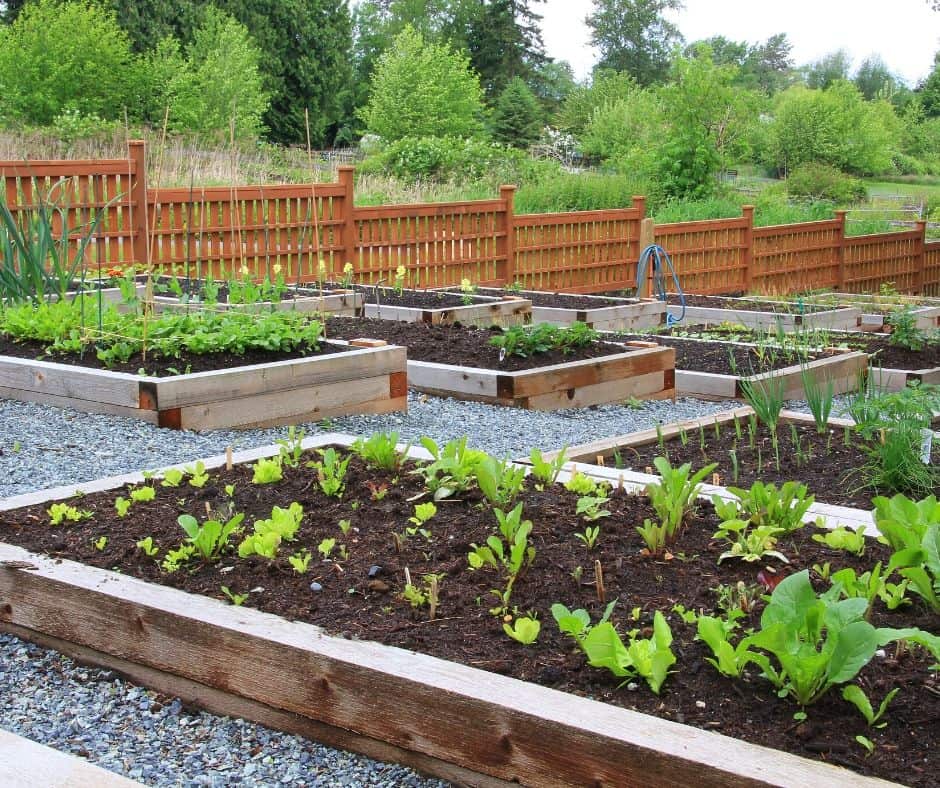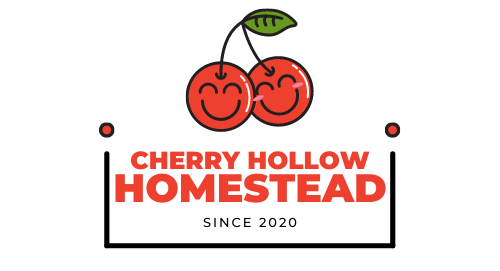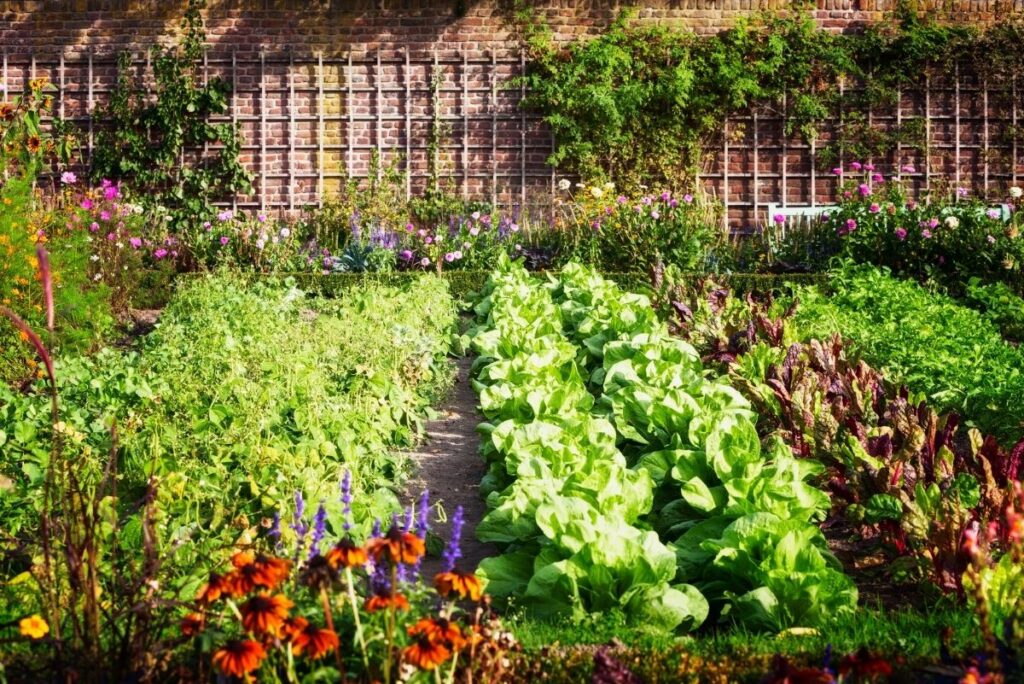Interested in raised beds and in-ground gardens? Learn the pros and cons of each to help you make the best decision for your backyard garden.
Deciding to plant a garden in your yard comes with plenty of decisions. But one of the biggest decisions you’ll make regarding your garden is whether to plant in raised beds or to plant an in-ground garden.
Both types of gardens come with their drawbacks and benefits, so it’s important to weigh the pros and cons to determine which type of garden is best for you.
These pros and cons of raised beds and in-ground gardens will help you make the best decision for your backyard garden.

What are Raised Beds?
If you’re new to gardening, you may be wondering what raised beds are.
Raised garden beds are contained beds of soil constructed above the ground. They beds vary in height and construction material but are typically made up of a frame that is filled with dirt for planting.
Most raised beds are constructed in a way that allows you to tend to the plants inside by walking around the garden instead of in it to help protect the soil from becoming too compact.
Pros of Raised Beds
There are tons of great benefits to planting your garden in raised beds. Consider these pros of raised garden beds:
- Raised beds are great for small-space gardens. They can be constructed anywhere that has ample sunlight, making them a great choice when you’re short on space.
- Using a raised bed allows you to instantly plant your garden in nutrient rich soil without the need for amendments because you can fill your raised beds with the best garden soil before planting.
- These handy beds are also great for deterring some pests from getting into your garden. In addition to helping you keep tiny bugs from getting into your soil from your shoes, you can also prevent groundhogs and gophers from digging up your garden by placing a protective barrier under your beds.
- Raised beds also make it easier for you to garden. You won’t be forced to bend over as much as you’re planting and weeding, which is great news for your back.
- You can also add some decorative elements to your backyard garden with the help of raised beds. Use rustic wood garden beds to add some country charm or paint the beds to add pops of color to your yard.
Cons of Raised Beds
While there are a variety of great benefits to planting your garden in raised beds, this gardening method also comes with some drawbacks.
These cons are something to consider before deciding on planting your garden in raised beds:
- Raised garden beds must be put together before you can use them, which means you’ll need to add in the extra time required for building the beds before you can start planting your garden.
- In addition to considering the extra time you’ll need to build your beds, it’s also important to think about the added cost. You’ll need to purchase the supplies to construct the bed, as well as the garden soil to fill each of your beds before you ever start purchasing seeds and plants. Nice soil can be quite pricey!
- Since your garden beds will be constructed, it’s likely they’ll need to be repaired or replaced after an extended period of time.
- Although raised beds are great for small gardens, they can reduce the amount of usable square footage in larger gardens. When planning your raised bed garden, you’ll need to account for the size of the materials used to build the garden and walking space around each of the garden beds.
- This type of gardening can also inhibit root growth in some of your hardier garden plants.

What is In-Ground Gardening?
In contrast, an in-ground garden is a garden that is planted directly into the ground. When planting an in-ground garden, gardeners typically loosen the existing dirt with a garden tiller or hoe, then plant their garden plants directly in the soil.
Pros of In-ground Gardens
Planting your garden directly in the ground comes with tons of great benefits for your garden. These pros are something to think about when deciding what type of garden to plant:
- In-ground gardens are much cheaper to start than raised beds. Once the ground is tilled, all you need are plants to start growing an in-ground garden.
- Planting your garden directly in the grounds allows you to take advantage of more plantable square footage in your yard. And you can make use of oddly shaped garden areas more easily than you could if using raised beds.
- In-ground gardens are the popular choice among large-scale growers. Tilling the ground, fertilizing the plants, amending the soil, and treating for pests using larger machinery is much easier when the garden is planted in the ground.
Cons of In-Ground Gardens
On top of those positive benefits of growing your garden directly in the ground, there are some cons to think about. These drawbacks are important to think about when planning your garden:
- Amending and regenerating the soil in your yard to allow for proper planting can sometimes take years.
- Making sure pests, rodents, and disease don’t destroy your garden can be more difficult with an in-ground garden.
- Soil drainage in an in-ground garden may also be an issue that can cause some gardeners to lose their crop during the hot summer months.
- Proper tilling can be difficult if one doesn’t own a tiller.

So Which is Best?
That is for you to decide! At this point, you have all the information you need to make the best decision for your future garden!
Just some food for thought – you can have BOTH in-ground gardens and raised beds in your garden area!

